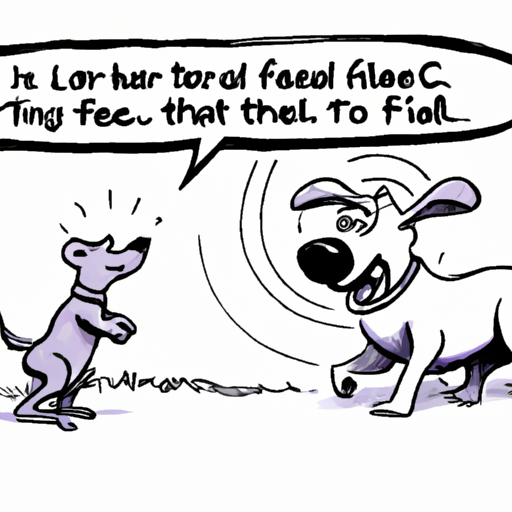If you’re a dog owner, chances are you’ve had to deal with the pesky problem of fleas at one point or another. These tiny, jumping pests can cause a host of issues for your furry friend, from mild discomfort to serious health conditions. But don’t worry, you’re not alone. In this guide, we will explore what helps with fleas on dogs, the best treatment options, and preventive measures to keep your pet safe and comfortable.
Key Takeaways
- Fleas are more than a nuisance; they can cause serious health issues for dogs.
- There are various signs to look out for if you suspect your dog has fleas.
- Various methods exist for treating and preventing fleas on dogs.
- Regular grooming and preventive treatments are key to keeping fleas at bay.
Understanding Fleas
Understanding the enemy is the first step in any battle. Fleas are small, wingless insects that survive by consuming the blood of their host. They are incredible jumpers, which allows them to move from host to host with ease. According to the American Kennel Club, a female flea can lay up to 50 eggs a day. This means that a small flea problem can quickly become an infestation if not dealt with promptly.
Signs Your Dog Has Fleas
You might suspect your dog has fleas if they are scratching more than usual. But there are other signs to look out for:
- Excessive scratching, licking, or biting at the skin
- Hair loss
- Flea dirt, which looks like small, black dots on your dog’s coat
- Flea eggs, which are tiny, white dots
- Allergic dermatitis, a skin condition caused by an allergic reaction to flea saliva
Treatment Options
Treating fleas on dogs involves getting rid of the pests from both the dog and their environment. Here are some effective treatments:
- Flea Shampoos: These specially formulated shampoos kill fleas on contact and can provide immediate relief for your pet.
- Oral Medications: Pills like Capstar can kill adult fleas within hours. Other oral medications like Comfortis and NexGard provide a month of protection.
- Spot-On Treatments: Products like Frontline and Advantage kill fleas and their larvae, and provide protection for up to a month.
- Flea Collars: These collars repel and kill fleas for several months but must be worn at all times.
- Environmental Treatments: Clean your home thoroughly to eliminate any fleas or eggs. This includes washing bedding and vacuuming carpets and furniture. You can also use flea sprays or foggers for a more thorough treatment.
Remember, it’s always beneficial to talk to your vet before starting any treatment to ensure it’s safe and suitable for your pet.
Preventive Measures
Prevention is always better than cure. Here are some preventive measures you can take:
- Regular Grooming: Regular baths and brushings can help keep fleas at bay. A flea comb can also be used to check for and remove fleas.
- Year-Round Flea Treatment: There are many products on the market that can provide year-round flea protection. These include oral medications, spot-on treatments, and flea collars.
- Keep Your Home Clean: Regularly clean and vacuum your home to prevent a flea infestation.
- Protect Your Yard: Fleas love tall grass and shady areas. Keep your yard groomed and consider using a yard spray to kill fleas.
For more information about flea prevention, check out this One Top Dog article.
FAQs
Q: How long does it take to get rid of fleas on dogs?
A: It can take several weeks to completely eradicate a flea infestation, depending on its severity and the treatment method used.
Q: Can fleas live on humans?
A: While fleas can bite humans, they prefer to live and breed on animals with furry coats.
Q: Can I get fleas from my dog?
A: Yes, fleas can jump from your dog to you, especially if you are in close contact.
Q: What diseases can fleas transmit to dogs?
A: Fleas can transmit tapeworms and cause flea allergy dermatitis. In severe cases, they can also cause anemia.
Battling fleas can be a daunting task, but with the right knowledge and tools, it’s a war you can win. Remember, the key to managing fleas is prevention. Keep your dog and their environment clean, and use preventive treatments year-round. With these measures in place, you and your dog can enjoy a flea-free life. For more information on caring for your dog, check out these One Top Dog articles and dog health guides.



